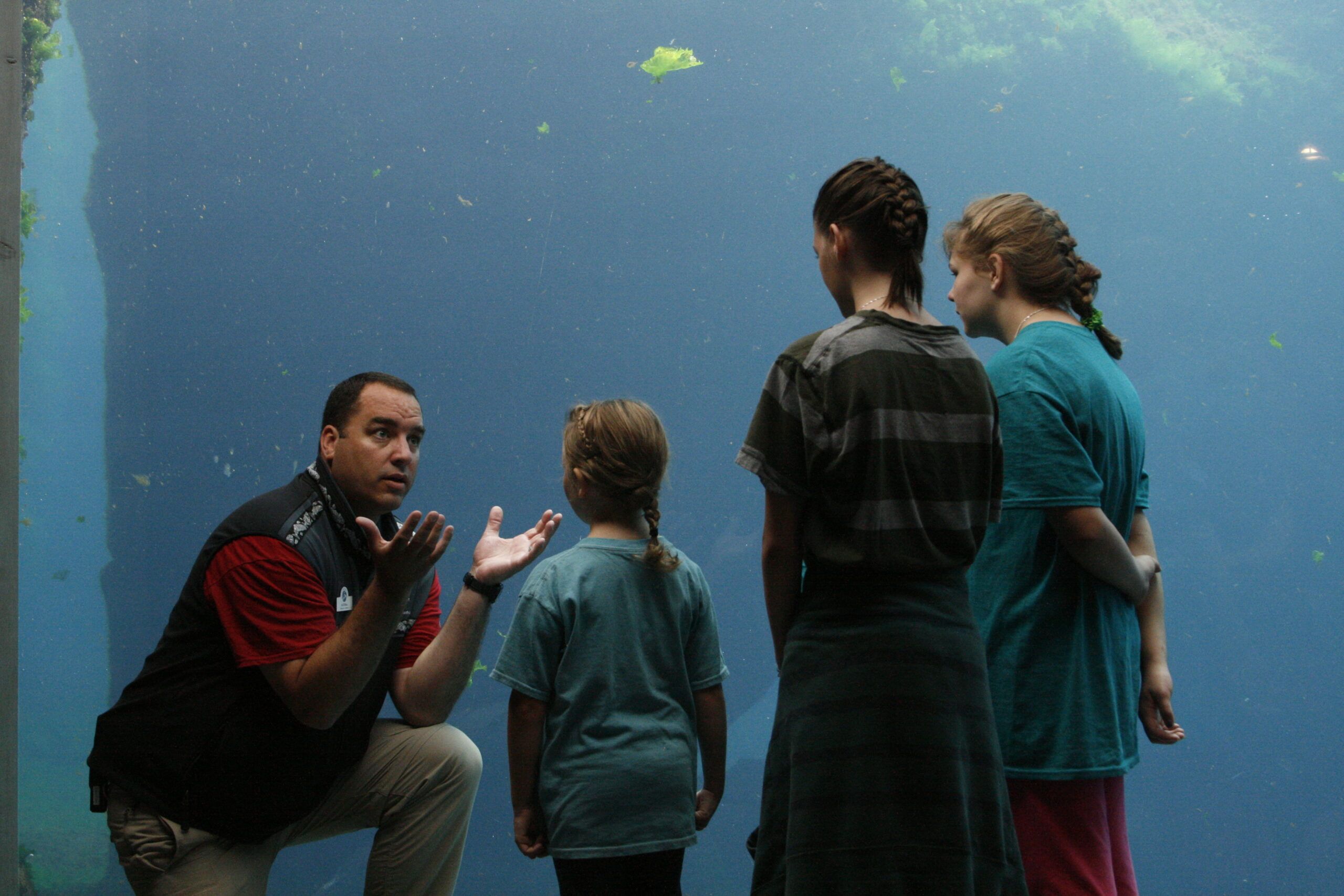The sense of belongingness is a particularly potent motivator for many of us, and sets the foundation for an amazing phenomenon known as “social norming.” In essence, as social animals we have a tendency to follow the rest of the herd, to want to do what we perceive most other people are doing. Moreover, if we relate to or respect the other people taking an action, we’re even more likely to follow their lead.
As you establish a rapport and engender a sense of belongingness with your audience, you may want to add some personal examples of choices or actions that you’ve taken to address climate change. Any time you can work in larger scale examples of what people are doing to address climate change, you start to establish the perception that growing numbers of people are focusing on reducing climate change. The cumulative impact is that energy conservation and other actions related to climate change are becoming social norms, and that motivates more people to join in. Some sound bite examples might be:
- At work we started an alternative transportation program, and now over 40% of our staff walk, carpool, bike or ride the bus. That’s a huge cost savings for them, and it’s a big reduction in the fuel we consume. I like the fact that we save $ and at the same time we’re helping out the oceans by reducing CO2 pollution.
- How many of you have bought a major appliance in the past 10 years? Did you look at the Energy Star rating before you made your decision? Millions of consumers consider the energy costs associated with an appliance when making a new purchase. Congratulations! You’re already making good choices to help fight climate change! What other actions are we already taking (recycling, driving more fuel efficient vehicles, etc.)? We can do this!
By sharing personal experiences or examples of things you’re doing to help the oceans or save energy, you can establish a sense of belonging.


